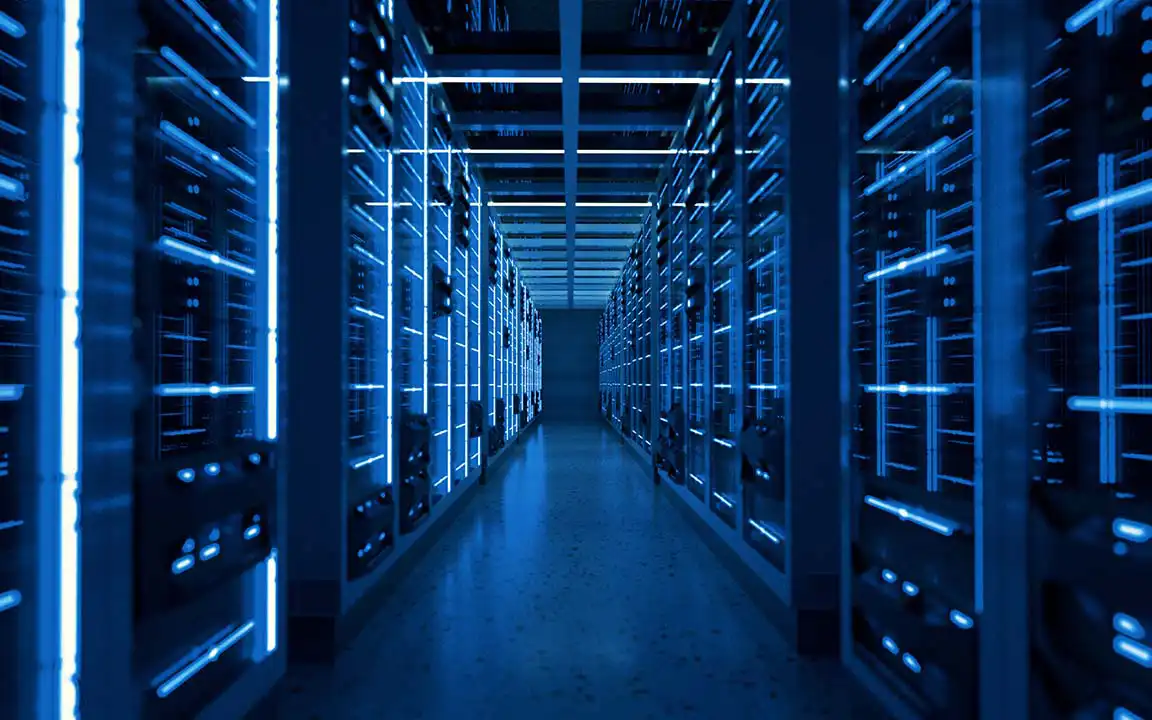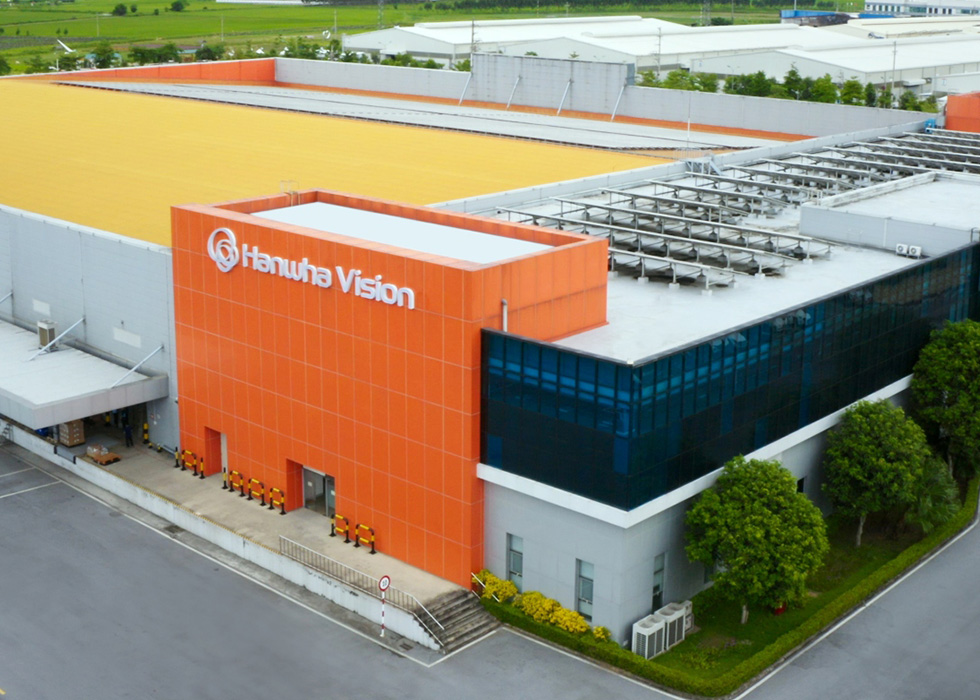Securing tomorrow: The evolution of AI and cloud in video surveillance

Artificial intelligence, bolstered by cloud computing — the use of hosted services like data storage, servers, networks and software by way of the internet — is transforming the technology landscape. One sector that these systems are particularly helping to revolutionize is video surveillance.
Historically, surveillance video has been plagued by inefficiency: in police investigations, for example, poor image quality and coverage gaps have often hindered progress. However, video surveillance usage is still an increasingly integral part of the world today. As ongoing urbanization, population growth, and more complex security threats like cyber-attacks have heightened public safety risks, the demand for more sophisticated surveillance continues to grow. Thanks to continued innovation within the sector, the efficiency of products on the market is improving — more powerful processors are allowing for faster real-time analysis of feeds, while advancements in machine learning algorithms mean aspects like unusual behavior, unattended bags, and even weapons can be detected from large amounts of video data with ease. These technologies are ultimately helping to keep society safer, and not just in terms of criminal risk: AI-backed video surveillance is also helping in areas like retail services, crowd control at events, and traffic monitoring in cities.

All eyes on AI
The integration of artificial intelligence into the world of video surveillance has propelled the industry to new levels of precision and effectiveness. According to market projections, AI-powered video surveillance could be worth $36.1 billion by 2032, with a compound annual growth rate of 20.9%. This growth, fueled by AI’s ability to manage vast amounts of footage accurately and with less manpower, offers the public sector and security industries a powerful tool for monitoring and analyzing data.
Driven by deep learning algorithms, current surveillance systems can also examine audio and visual data for specific criteria, identify people and objects, scan vehicles and license plates, and monitor events for unusual behavior — all with exceptional accuracy. This kind of instant analysis is of critical importance in high-stakes environments like airports, schools, businesses and homes, where a matter of seconds could be the difference between saving lives.
The true potential of AI-backed video surveillance comes when it is paired with the necessary infrastructure to process, store, and analyze big data in real-time: that’s where cloud computing comes into play.

Next-gen vision: the view ahead
The cloud also provides AI-driven video surveillance software with the necessary infrastructure, scalability, and processing power to enhance monitoring capabilities. These days, device management for surveillance cameras, such as reviewing stored footage, live feeds, or searching in-depth for specific characteristics within video data can be operated from the convenience of a mobile app on the other side of the world. Businesses and security services are also now able to garner actionable insights to make intelligent decisions about their operations by processing video data in a matter of seconds, rather than reviewing by hand.
A major player within this space is Hanwha Vision, a company that’s currently building out an ecosystem of AI and cloud-based surveillance solutions as a platform-centric, all-in-one solutions provider. Among these is the SightMind tool, which allows for information to be organized visually by way of widgets, charts, and dashboards, a good example of how surveillance information can be leveraged to improve business practices: through analyzing things like footfall for retailers to determine optimal sales periods, for cities that want to measure road safety in preparation for events, and for factories that are seeking to operate more efficiently.

Viewing responsibly
AI-backed video surveillance is now being implemented everywhere: from commerce to public transit and food manufacturing, with significant experimental surveillance tech in the works.
This technology is no longer a novelty, but a part of our day-to-day lives. We can see its implementation at the earliest stages of urban development, with smart city initiatives — which operate on the best of the best in video surveillance and digital technology — being built around the world. Singapore, coined the “smartest city in the world,” uses an app to notify citizens of emergencies like traffic accidents, which are identified through AI-powered surveillance.
However, fostering trust in surveillance technology as its capabilities broaden is paramount. For the industry to be ethical, organizations must be transparent and accountable, clearly communicating the scope of surveillance with the public and, where possible, seeking consent. At the backend of this technology, algorithms should also be regularly updated to reduce the risk of bias. This will ensure that the benefits of these innovations are fair, and that their impact is positively received.

Securing the future
The combination of AI and the cloud is facilitating exciting advancements for global security, providing our data-rich world with efficient cloud storage capabilities, and helping businesses to grow by empowering them with a better understanding of their audiences.
As these technologies continue to evolve, ensuring their responsible deployment is critical to harnessing the full potential of AI cloud computing video surveillance. Migrating to cloud-based tech across all industries — not just video surveillance — is well underway. Despite requiring a changeover in processes, clear advantageous benefits like simplified big data analytics, improved information management, and increased flexibility in an ever-changing world make any migration challenges well worthwhile. By putting this kind of technology in place now, we’re securing a future where safety and efficiency are at the forefront.
Get the latest news about Hanwha, right in your inbox.
Fields marked with * are mandatory.
- Non-employee
- Employee





